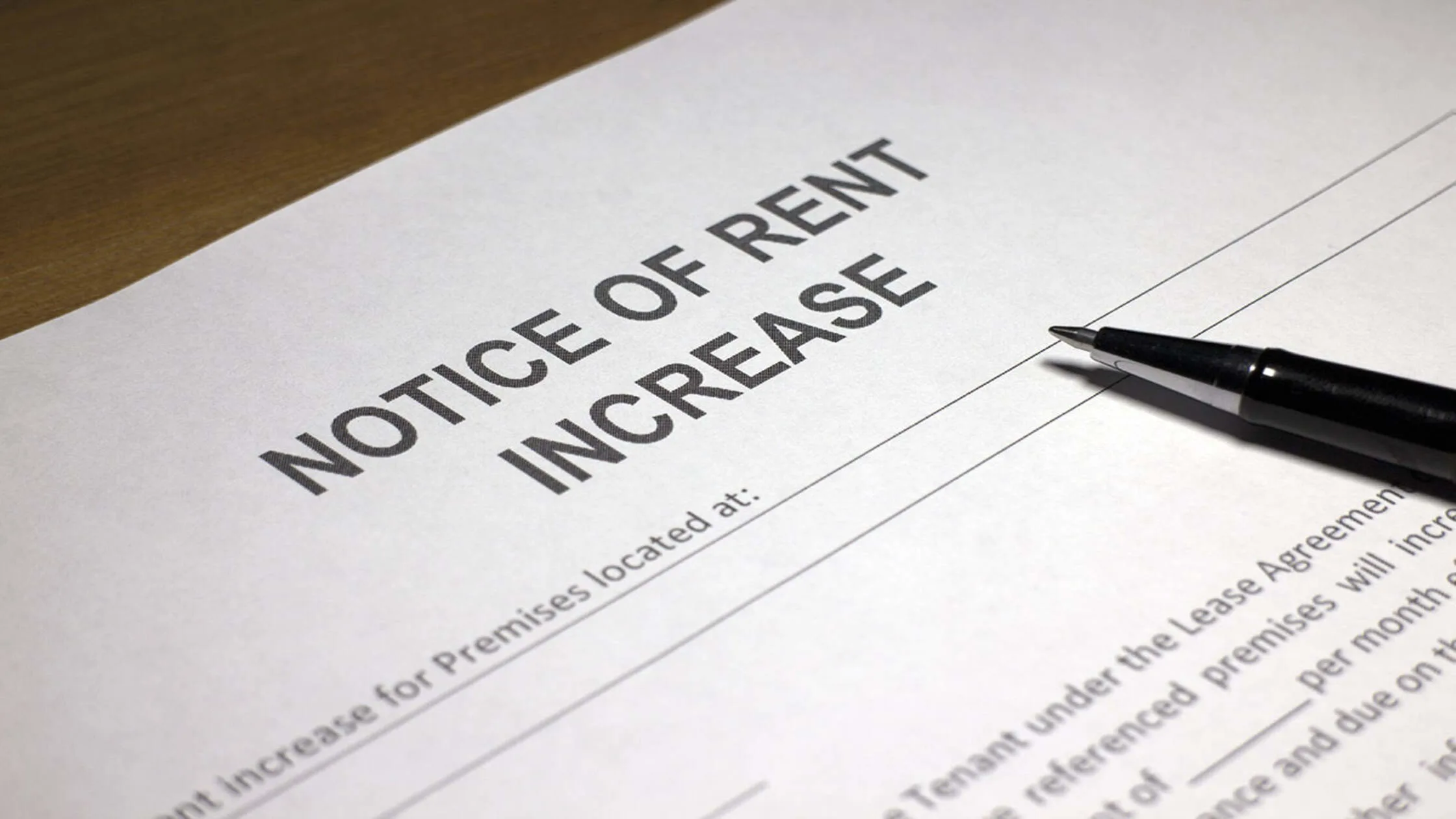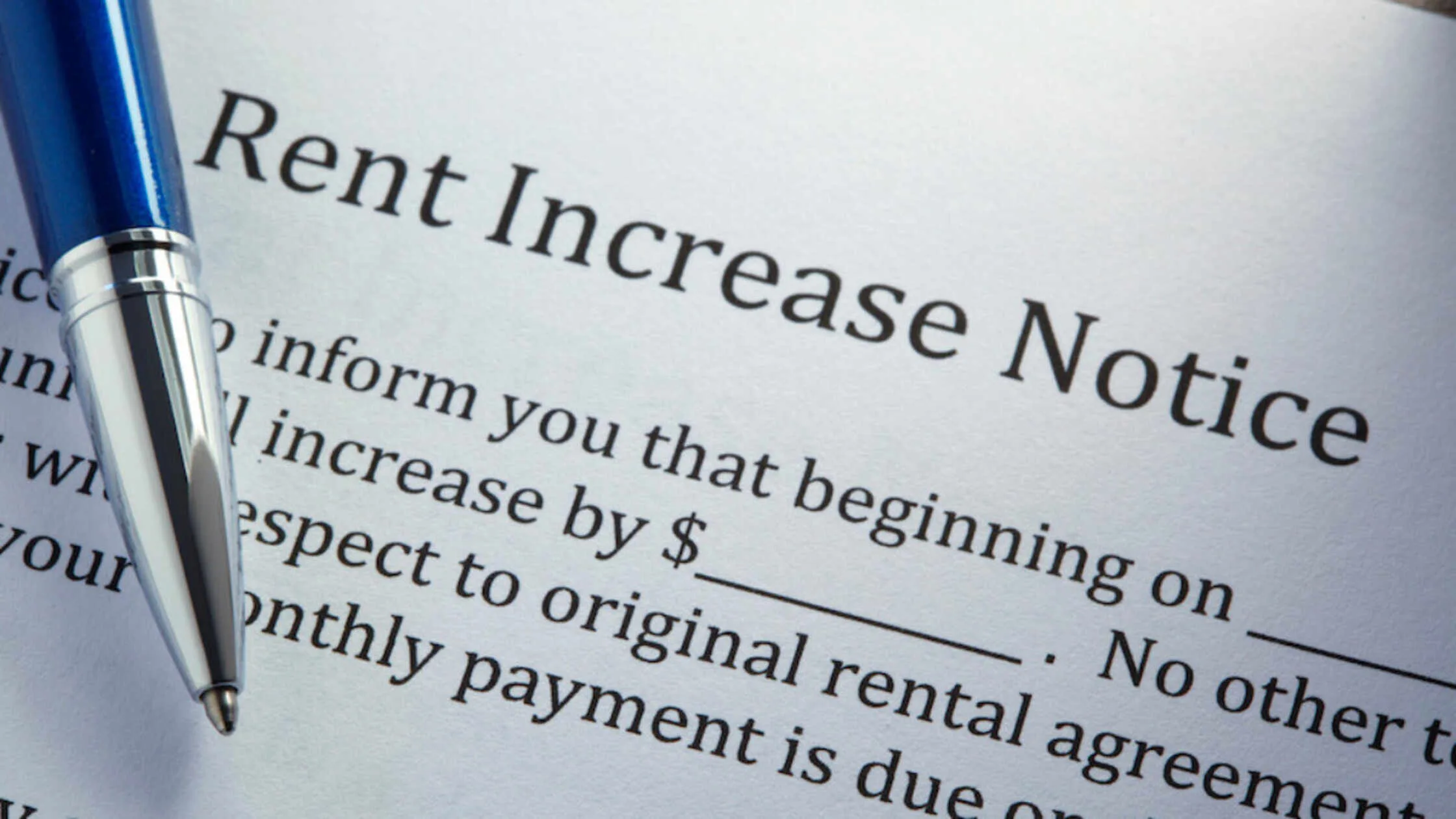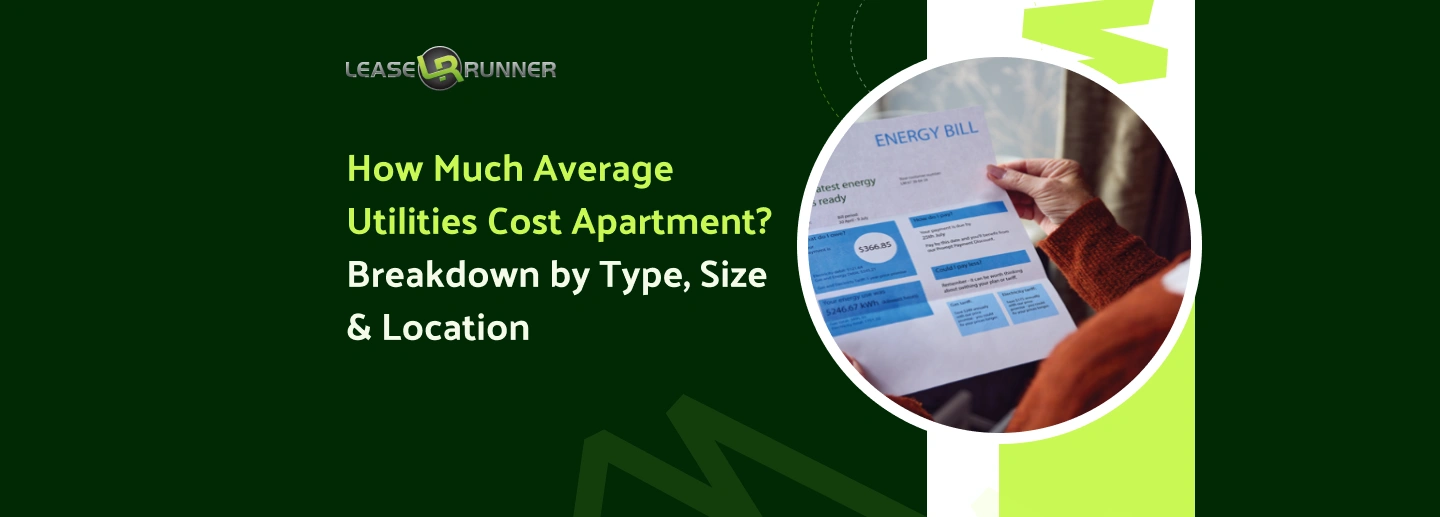
Rents are rising, and so are expectations for how those changes get communicated. A simple rent increase letter can either start a problem or solve one before it begins. This guide walks through how to handle it in 2025, with professionalism and a free template to save time.
What Landlords Should Know Before Raising Rent?
Before sending out a rent increase letter, it’s important to step back and consider the broader context. Issues like unpaid rent or late payments can affect your decision and how you communicate the increase.
First, assess your tenant’s payment history and current situation. Have there been consistent on-time payments, or is there a history of unpaid or late rent? These factors may influence the tone and timing of your letter. For tenants who have been reliable, a respectful and appreciative approach is key. If there have been payment issues, the increase may still be necessary, but the letter should address the situation with care and clarity.
Remember, most tenants aren’t thrilled about paying more, so clear communication helps prevent misunderstandings or disputes. Plus, a well-timed and well-explained increase can actually strengthen trust
Reasons to Raise Rent (and How to Justify Them)
Rent increases usually reflect real changes in costs or value. Common reasons are:
- Rising property taxes
- Higher maintenance expenses
- Inflation
- Improvements have been made to the property that enhance living conditions
- Sometimes, market trends simply push rents higher in high-demand areas.
When explaining these reasons for rent increase letter, it helps to justify it clearly, but without overwhelming the tenants with details. Mentioning a general reason shows that the increase isn’t random or punitive. If applicable, highlighting improvements like new appliances, fresh paint, or security upgrades can help tenants feel the increase is fair.
Rent Control & Legal Rules You Must Follow
Rent laws vary widely. In 2025, many areas still have rent control or rent stabilization policies designed to protect tenants from sudden or excessive increases. Landlords must be fully aware of these regulations to avoid costly legal issues.
One key rule across most states is the notice period, how far in advance tenants must be informed of a rent increase. This can range from 30-day notice to increase rent to 90 days, depending on local laws. Sending a letter to increase tenants' rent too late or without proper notice risks invalidating the increase and straining landlord-tenant relations.
Some cities also cap the percentage by which rent can be increased annually.
What is a Rent Increase Letter?

A rent increase letter is the official written notice landlords send to tenants informing them that their rent will go up. It’s the primary way to communicate changes clearly and respectfully. This letter sets expectations and outlines the new rent amount, the effective date, and often the reasons behind the increase.
Because tenants rely on written communication to plan their finances, a clear rent increase letter prevents confusion. In many places, it’s also a legal requirement before raising rent. Without a properly written and delivered rent increase letter, landlords could face delays in collecting rent or even legal challenges.
How To Write a Rent Increase Letter: A Guide for Landlords

Writing a rent increase letter doesn’t have to be complicated or cold. The key is to be clear, polite, and professional while making sure all necessary information is included.
Steps To Write A Rent Increase Letter
We’ve outlined clear steps to write a rent increase letter below:
- Start with a friendly greeting and quickly get to the point, state the new rent amount, and when it will take effect.
- Briefly explain the reason behind the increase (without getting too detailed), and remind tenants of their rights, like the notice period.
- Closing on a positive note, such as thanking them for being a valued tenant, can make the letter feel less like bad news and more like an open, respectful dialogue.
What to Include in the Rent Increase Letter
A complete letter to increase a tenant's rent should cover a few essential points:
- Date of the letter: So tenants know when the notice was given.
- Tenant’s name and property address: For clarity.
- Current rent amount and new rent amount: Clearly stated.
- Effective date of the increase: When will the new rent start?
- Reason for the increase: A Brief explanation, like rising costs or improvements.
- Notice period information: Confirming the legal advance notice given.
- Payment instructions or changes: If payment methods or deadlines change.
- Contact information: For any questions or concerns.
- Polite closing: Express appreciation or willingness to discuss.
Tips to Write a Friendly (But Firm) Rent Increase Letter
Striking the right tone in a rent increase letter is an art. Being too formal or rigid can feel cold, while being overly casual might not convey the seriousness of the increase. The goal is a friendly but firm voice!
- Avoid legal jargon or overly complex wording. Clear, concise language helps ensure your message is understood and minimizes the chance of confusion or misinterpretation.
- Express appreciation for their tenancy. Whether they’ve been prompt with payments, kept the property in good condition, or have simply been pleasant to work with, let them know their presence is valued.
- Be honest about the reason behind the increase, but don’t over-explain or make it sound like an apology. Present the change as a necessary adjustment rather than a punitive measure.
Also, make sure the letter is well-formatted and free of typos. A neat, professional letter signals that the rent increase is legitimate and thoughtfully considered.
Sample Rent Increase Letter Template
Having a raise rent sample letter on hand makes writing a rent increase letter much easier.
Best Practices for Delivering a Rent Increase Notice
Raising rent is a sensitive topic, and how the notice is delivered can shape the entire experience, for better or worse. Beyond the letter itself, landlords should approach delivery thoughtfully.
Accepted Delivery Methods
The most common and legally accepted ways to deliver a rent increase notice are:
- Certified Mail: Provides proof that the tenant received the notice.
- Personal Delivery: Handing the letter directly to the tenant ensures they get it, but be sure to document the delivery.
- Email: Some jurisdictions accept email delivery if it’s specified in the lease agreement, but this varies, check local laws.
- Posting on the Door: Sometimes allowed as a last resort, especially if other methods fail.
Time to Send Notice
Most states require at least 30-day notice to increase rent, but some demand 60 or even 90 days based on the increased size or rent control rules. Sending the letter to increase tenants' rent too late can delay your ability to collect higher rent.
Sending the notice early also gives tenants time to budget or decide if they want to stay. As a best practice, aim to send the rent increase letter well before the required minimum notice.
How to Handle Tenant Reactions as a Landlord (The Right Way)

Rent increases often spark questions, frustration, or pushback.
Common Pushbacks and How to Respond
Handling tenant reactions calmly and respectfully can preserve a positive relationship.
- “The rent increase is too high.”
Try to respond by explaining the reasons clearly again and highlighting any improvements or market factors. Offer to discuss payment plans if needed.
- “I can’t afford the new rent.”
Try showing empathy, and if possible, offer flexible options like extending the notice period (e.g., by 2-4 weeks) or discussing alternative solutions (such as referring them to a smaller, more affordable unit within your portfolio).
- “You didn’t give me enough notice.”
Confirm the notice was sent on time with proof, and if a mistake happened, try to negotiate a fair solution, say a short grace period on the new rate, or cooperation in finding a new tenant quickly.
Simple Scripts for Tough Conversations
When tensions rise, having calm, clear phrases ready helps keep things professional:
- “I understand this is challenging. Let’s talk about any concerns you have.”
- “This wasn't an easy decision; it reflects changes in [briefly mention specific cost like 'our property taxes' or 'market rates']. I want to be open about why this is necessary. What questions do you have about it?”
- “I truly value you as a tenant, and my goal is to find a solution that works for both of us.”
- “IIf you'd like to understand the details better, we can go over the [e.g., new lease agreement/notice] together line by line. Or, if you have specific questions about [mention a likely concern, e.g., the new payment schedule], let's address those now.”
Mistakes to Avoid in a Rent Increase Notice
Raising rent is a normal part of property management, but a misstep in how the increase is communicated can lead to lost tenants, disputes, or even legal trouble. We’ve listed some common mistakes below.
Raising Rent Too Often or Too Much
One of the biggest mistakes landlords make is increasing rent too frequently or by too large a percentage. Sudden, steep hikes can shock tenants, push them to look elsewhere, or even invite legal scrutiny in rent-controlled areas.
So, before raising the rent, make sure you understand the legal cap on how much you can increase and the required notice period to inform tenants.
Poor Timing or Short Notice
Sending a rent increase notice too close to the due date or during inconvenient times (like holidays) can frustrate tenants. Most importantly, failing to give the legally required advance notice is often illegal.
Failing to Document or Follow Local Laws
Every state and city has specific rules about how and when rent increases can happen. Skipping proper documentation or ignoring these laws can lead to disputes, rejected notices, or even fines. Keeping records of the notice delivery, knowing your local rent control rules, and including all legally required details in your letter protects everyone involved.
Tenant Retention Strategies for Landlords
Keeping good tenants is more valuable than finding new ones. When rent increases are necessary, pairing them with thoughtful retention strategies helps landlords maintain occupancy and reduce turnover costs.
Alternative Rent Strategies (Tiered, Gradual Increases)
Consider spreading the increase over time with tiered or gradual raises. For example, a smaller increase every six months instead of a big annual spike feels less overwhelming to tenants. This approach shows flexibility and can keep tenants on board longer, ultimately benefiting landlords with steady income.
Incentives to Encourage Lease Renewal (Upgrades, Discounts)
Offering incentives can soften the impact of a rent increase and encourage tenants to renew. Small upgrades like fresh paint, improved appliances, or new flooring add tangible value. Discounts on rent for signing a longer lease or waiving certain fees also go a long way in keeping tenants happy. These gestures communicate appreciation and can turn a potentially tense situation into a positive experience.
Conclusion
Writing a clear and considerate rent increase letter sets the stage for a fair and professional landlord-tenant relationship. Use this guide and template to approach rent adjustments confidently in 2025 and beyond! For more practical resources and expert advice, visit the LeaseRunner blog today.
FAQs
Q1. How to write a letter of rent increase?
To write an effective rent increase letter, be clear and professional. Start by stating the current rent, the new rent amount, and when the increase will take effect. Briefly explain the reason for the increase and include the required notice period based on local laws. Finish with contact information.
Q2. How to explain the rent increase to the tenant?
When explaining a rent increase to tenants, honesty and clarity matter most. Share the reasons behind the increase in simple terms while emphasizing fairness. Keep the tone friendly but firm, and offer to answer any questions to maintain good communication and trust.







